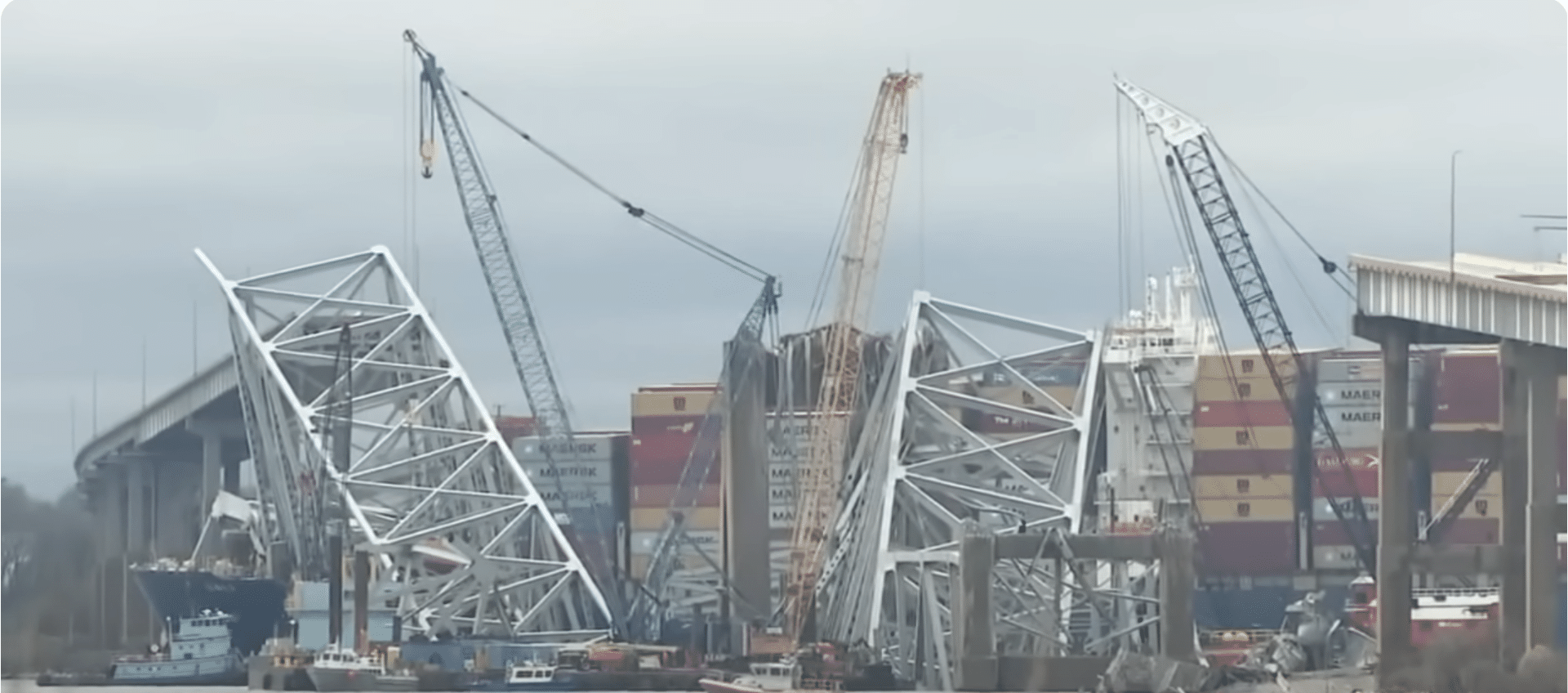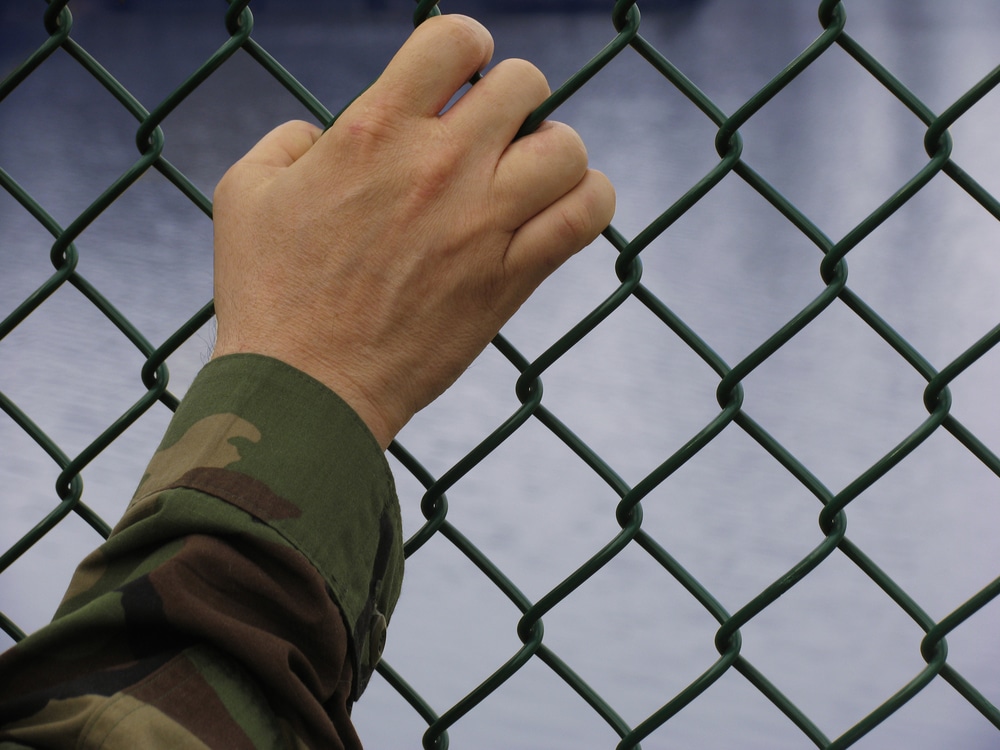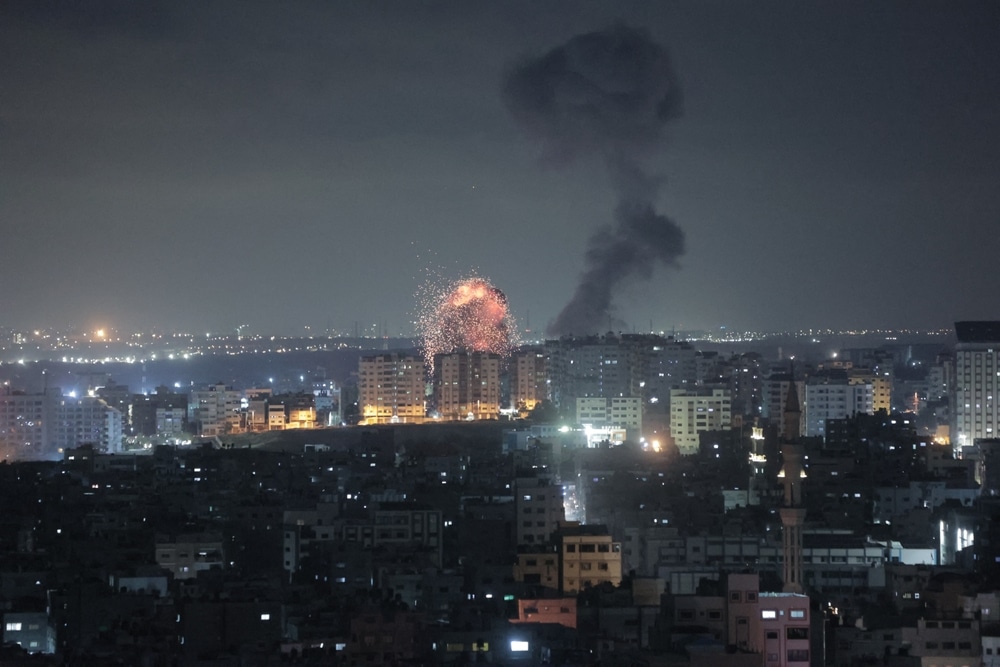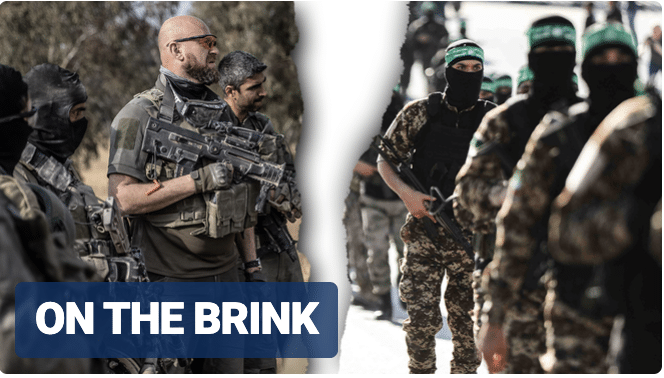There are 11 cargo ships trapped in the Port of Baltimore behind the wreckage of the Francis Scott Key Bridge — including four that are supposed to be able to set sail at a moment’s notice to support the overseas deployment of U.S. military forces.
The four ships, the SS Antares, SS Denebola, Gary I. Gordon and Cape Washington, are part of the U.S. Maritime Administration’s Ready Reserve Force, a fleet established in 1976 to quickly supply American troops around the world.
Two of them — the Antares and the Denebola — are capable of sailing from the East Coast to Europe in six days, making them among the fastest cargo ships in the world, according to a 2020 Facebook post by the Maritime Administration.
The blocked ships worry some naval strategy experts. During the Gulf War’s Operation Desert Shield and Operation Desert Storm, the Ready Reserve Force was fully activated to transport people and supplies to the Persian Gulf Region, said Steven Wills, a navalist for the Center for Maritime Strategy, a think tank affiliated with the Navy League of the United States and based in Arlington, Virginia.
“Right now, we do not have enough logistics vessels like these to do another Desert Shield or Desert Storm,” he said. “We would have to go out and ask for civilian companies to provide their ships in order to get enough.”
There are only 48 vessels in the Ready Reserve Force, according to the Maritime Administration, which is overseen by the U.S. Department of Transportation. The size of the fleet has declined in recent years, as ships are sold, get older and are repurposed, Wills said. (READ MORE)

















